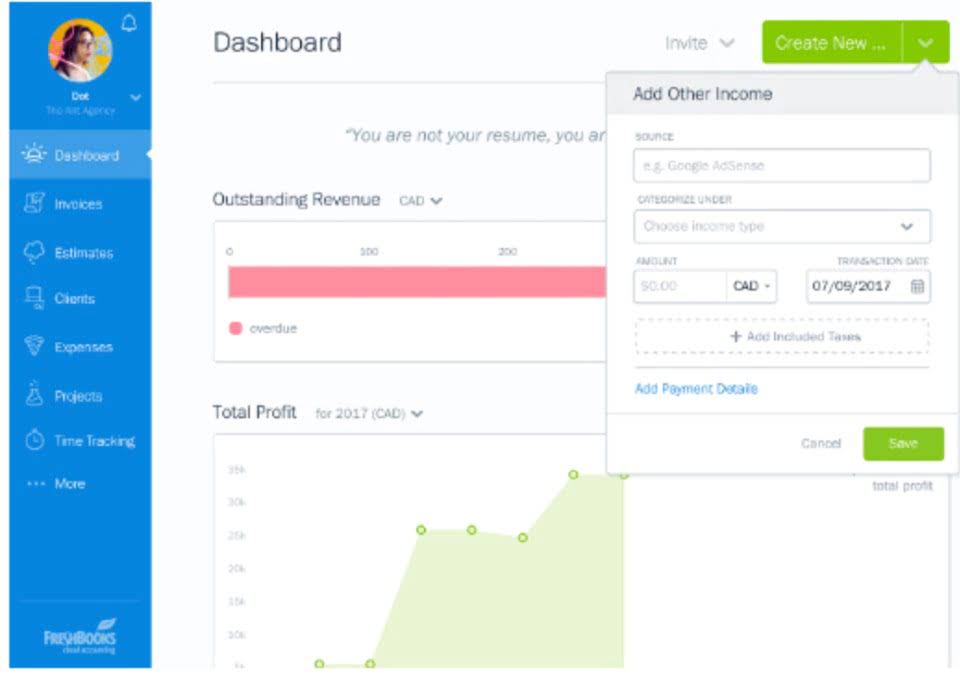
Accurate record-keeping ensures that you have all the necessary documentation and that it is up to date. This is crucial in case of any disputes or legal issues that may arise during the project. Project management software also allows for the percentage of completion calculation example easy tracking of invoices and payments, ensuring that all revenue and expenses are properly recorded. Additionally, the software can help identify potential cost overruns and provide insights into areas where cost savings can be achieved.
How To Calculate the Percentage of Completion Method
- In the realm of web development, interactive tools and calculators play a crucial role in enhancing user experience.
- Revenue is recognized in proportion to the units delivered to date compared to the estimated total units.
- In addition, it’s compatible with generally accepted accounting principles (GAAP), as these principles require that you recognize revenue in the period it was earned.
- At the end of the first month, with project completion at 20%, an invoice reflecting 20% of the total ($20,000) will be sent.
- For this reason, POC requires a high degree of due diligence from the contractor.
While the POC method is a popular accounting method in the construction industry, it is not without its risks and limitations. Contractors must be aware of these potential drawbacks and take steps to mitigate them. This may include using alternative accounting methods or implementing more robust forecasting and project management processes. One of the major risks of using the POC method is the potential for overestimating the completion of a project. This can happen when a contractor is overly optimistic about the progress of a project, leading them to recognize revenue before it is actually earned.
Resources for Your Growing Business
Accounting for revenue and expenses is a crucial aspect of managing a construction project, and it is essential to understand the different methods available to ensure accurate financial reporting. When you “recognize” income, you are recording it for tax or other reporting purposes. The portion of income recognized is calculated using one of three methods—and the most commonly used method is cost-to-cost. Using https://www.bookstime.com/ this process, the progress percentage is identified by dividing the total estimated contract costs by the contract costs to date. The percentage-of-completion method enables companies to recognize revenue and expenses systematically over the life of long-term construction projects. Rather than waiting until project completion to record all revenue, companies can match revenue recognition to project performance.
- If you have previously used a different method to account for long-term contracts and you choose to change to PCM, file form 3115 and attach it to your business tax return.
- It also helps in managing the budget, ensuring that the project is completed within the allocated budget.
- Stored materials, not representing completed work, require separate treatment in revenue recognition.
- Thus, the business will have spent $1 million in construction and collected about $1.5 million from the client.
- There are three main strategies that businesses can use to calculate the percentage of completion method.
Create a free account to unlock this Template

It also allows for better forecasting of revenue and expenses, enabling the project team to make informed decisions about the project’s progress. This method is typically based on labor hours, materials used, or machine hours. For example, suppose you estimate that a project will take 10,000 labor hours to complete, and you’ve already clocked 6,000 labor hours to date. In that case, you can divide these two numbers and then multiply that number by 100 to get a percentage of completion. Suppose a business has a long term construction project and has incurred costs to date of 300.
Calculate the amount of work completed

Progressing through a job can often feel like the last half of a tightly contested NFL game. Using the percentage of completion method, it’s almost as if you have a scoreboard to keep track of all the progress made so far. Each phase of the job is a possession, and the project timeline is like the game clock. This standardized approach of POC keeps you in the know so you can quickly tell where you stand in any given quarter and what adjustments need to be made before you head into the next one.
Ongoing Basis Recognition vs. Period by Period Basis Recognition
- Examples of these conditions are when a contract does not appear to be enforceable, there is litigation, or when related properties may be condemned or expropriated.
- This progress percentage is then used to determine how much revenue you can recognize and how much expense you can deduct in the current year.
- This method uses direct measurements of goods or services transferred to the customer, including units produced/delivered, milestones achieved, and value appraisal.
- The costs incurred in reaching each stage of completion are matched to the revenue.
- It’s important to ensure that the cells are formatted correctly to display the desired percentage.
This enables systematic revenue and expense recognition over the course of the project. In some rare cases, percentage of completion can be calculated using a units-of-delivery method. This requires you to commit to producing and delivering several identical products/services. It’s not something we see often, but it’s good to know this approach exists if you ever find yourself in a similar situation. The efforts expended method uses efforts involved in completing the project instead of costs.
Manual Formula to Calculate Percentage of Completion
Challenges in Implementing the Percentage of Completion Method
Introduction to the Percentage of Completion Method
- Another significant challenge in implementing the PCM is collecting timely and accurate data.
- Regardless of the accounting method your construction business is using, it’s important to take steps to secure your payments on every project.
- GAAP and IFRS have established comprehensive guidelines for revenue recognition, ensuring consistency and transparency in financial reporting.
- The implementation of the percentage of completion method in construction contracts can be a complex process.
- You automatically elect your specialized method of accounting for long-term contracts by using that method on your first tax return.